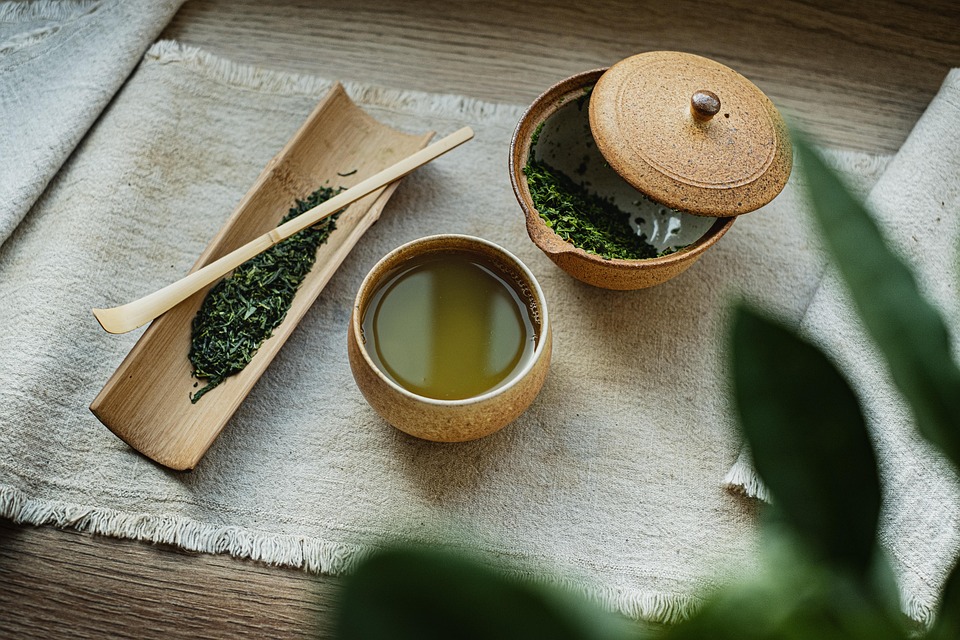Handmade paper has been a cornerstone of human creativity and expression for centuries. From ancient civilizations to modern-day artists, handmade paper has played a significant role in the development of various art forms, including calligraphy, painting, and printing. The process of creating handmade paper is a labor of love, requiring patience, skill, and attention to detail. In this article, we will delve into the world of handmade paper marvels, exploring the history, techniques, and applications of this unique and fascinating craft.
A Brief History of Handmade Paper
The history of handmade paper dates back to ancient civilizations in Egypt, China, and the Middle East. The earliest known evidence of paper production comes from China, where paper was made from mulberry bark and hemp as early as the 2nd century BC. Handmade paper production spread throughout the world, with different cultures developing their own unique techniques and materials. In the Middle Ages, handmade paper became a crucial component of bookmaking, with monks and scribes using handmade paper to create illuminated manuscripts.
Techniques and Materials
The process of creating handmade paper involves several techniques and materials. The most common method involves mixing plant fibers, such as cotton, hemp, or flax, with water to create a pulp. The pulp is then screened and formed into sheets using a mold and deckle. The sheets are pressed and dried to create a unique and textured paper. Handmade paper can also be made from recycled materials, such as old clothes, cardboard, or newspaper. Artists and craftspeople often experiment with different materials and techniques to create unique and colorful papers.
Applications of Handmade Paper
Handmade paper has a wide range of applications, from artistic expression to practical use. Many artists use handmade paper as a medium for painting, drawing, and printing. The unique texture and color of handmade paper can add an extra layer of depth and meaning to a work of art. Handmade paper is also used in bookmaking, card making, and scrapbooking. In addition, handmade paper can be used for decorative purposes, such as wallpaper, gift wrapping, and stationery.
The Art of Handmade Paper Making
The art of handmade paper making is a highly skilled craft that requires patience, creativity, and attention to detail. Paper makers must carefully select and prepare the materials, mix the pulp, and form the sheets. The process of creating handmade paper is often a meditative and therapeutic experience, allowing the maker to connect with nature and express their creativity. Many paper makers also experiment with different techniques and materials, pushing the boundaries of what is possible with handmade paper.
Handmade Paper in Modern Times
In modern times, handmade paper has experienced a resurgence in popularity, with many artists, craftspeople, and entrepreneurs experimenting with new techniques and materials. The rise of digital technology has also led to new opportunities for handmade paper, with many designers and artists using digital tools to create unique and intricate designs. Handmade paper has also become a popular choice for eco-friendly and sustainable products, such as greeting cards, notebooks, and packaging materials.
Conclusion
In conclusion, handmade paper marvels are a true wonder of human creativity and expression. From ancient civilizations to modern-day artists, handmade paper has played a significant role in the development of various art forms and practical applications. The process of creating handmade paper is a labor of love, requiring patience, skill, and attention to detail. As we look to the future, it is clear that handmade paper will continue to inspire and delight us, offering a unique and tangible connection to the past, present, and future.
Frequently Asked Questions (FAQs)
Here are some frequently asked questions about handmade paper:
- Q: What is handmade paper?
A: Handmade paper is paper that is made by hand using natural fibers, such as cotton, hemp, or flax, and a mold and deckle to form the sheets. - Q: How is handmade paper made?
A: Handmade paper is made by mixing plant fibers with water to create a pulp, screening and forming the pulp into sheets using a mold and deckle, and pressing and drying the sheets to create a unique and textured paper. - Q: What are the benefits of handmade paper?
A: Handmade paper has several benefits, including its unique texture and color, its ability to be made from recycled materials, and its eco-friendly and sustainable properties. - Q: Can I make handmade paper at home?
A: Yes, you can make handmade paper at home using simple materials and techniques. There are many online tutorials and resources available to help you get started. - Q: What are some common uses for handmade paper?
A: Handmade paper has a wide range of applications, including artistic expression, bookmaking, card making, scrapbooking, and decorative purposes.


